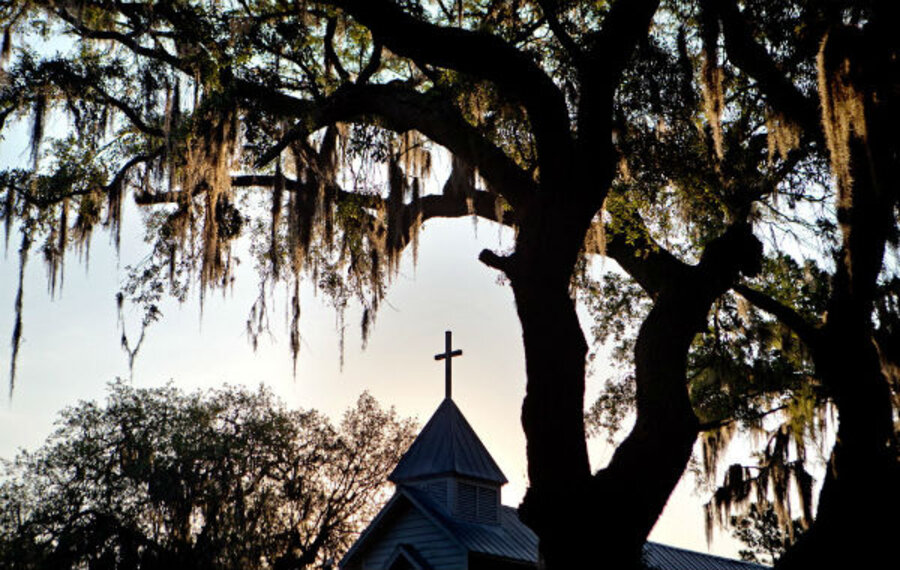Real-life 'Gullah Gullah Island' in danger
Loading...
Parents who worry about their kids watching television can harness it for good by recognizing when things that influence their kids on the screen tie-in to real life news items. Exhibit A: the plight of the real residents of the bygone Nickelodeon show 'Gullah Gullah Island,' (the actual place is Georgia's Sapelo Island) slave descendants, in danger of losing the island homes to developers.
It’s ironic that on Day 2 of Gullah Geechee Heritage month I almost missed the Associated Press report on how residents of one of the few remaining Gullah-Geechee communities on the Southeast US coast are appealing the tax hikes due to skyrocketing property values. The story would have sailed by me if the word “Gullah” hadn’t set off a theme song in my head.
For a few moments my mind was filled with the memory of a hot day on Goodland Island in Florida when my son Zoltan was three (he’s now 19) and we sang, “Come and let's play together in the bright, sunny weather. Lets all go to Gullah, Gullah Island.”
We were living on a sailboat and he’d seen the Nickelodeons show on a television at the marina (we didn’t have one on the boat). The song stuck because all we did was sail to islands back then.
The funny part is that Zoltan was so young then he doesn’t remember much, but as a parent that memory is golden. It’s worth saving and by extension so is this real world Gullah Island community. Granted, the Nickelodeon show was filmed on the more touristy Fripp Island, Ga., but the cultural base for the show was all Sapelo.
Cornelia Bailey said that her tax bill shot from about $800 to $3,000, though she and other island residents receive virtually no county services. They have no schools, no trash pickup, no police station and only one paved road.
“What’s really sad is that because there’s no school on the island kids growing up there have to move to the mainland to go to school and participate in sports,” the lawyer for the residents told me in an interview. Kansas City Chief Allen Bailey grew up on the island but had to commute and eventually move off-island to get into school and sports.
This is happening because wealthy mainland buyers are driving up land values and defenders of the island say “the increasing tax burden violates protections enacted to help preserve the island's indigenous inhabitants,” according to the AP.
“Made up of slave descendants long isolated from the US mainland, the Gullah-Geechee culture has clung to its African roots and traditions more than any other in America. Hog Hammock – with fewer than 50 residents – is one of the last such communities from North Carolina to Florida,” the AP reports.
This is one more great reason to read the paper and discuss the news with kids because it gives us opportunities to demonstrate how TV shows can transition into real world actions for good.
Call it interactive viewing if you like.
Parents can take spent TV time and make it into something proactive and productive. Find the TV in the news and then find a way to take a positive action.
Granted, the Gullah Gullah Island show is long gone, having run from 1994-1997, but the lessons it taught our kids on healthy eating, telling the truth, and problem solving are worth revisiting today.
We can use this news item as an opportunity to talk to our kids about problem solving and how the real life residents on this island may need help solving this problem.
Reading the news I realized that every day the news gives us a chance to work a “flash challenge” with our kids.
This item in particular is a great chance to take a news item, relate it to a cool educational show, and engage our kids by asking how they would solve this problem.
Kids and parents could write a letter, draw a picture, make a video singing the Gullah Gullah theme song in support of the islanders and post it (with parental guidance) on Facebook or other social media.
Watching educational TV can only do so much. Parents need to reinforce the lessons in the real world at various stages in our child’s development.
So come and let's work together in the bright, sunny weather. Lets all go help Gullah Gullah Island.








